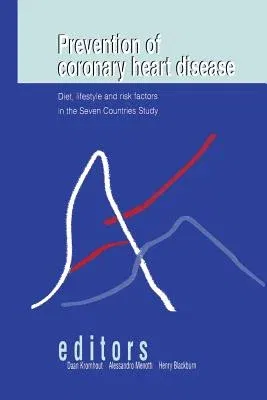Daan Kromhout
(Author)Prevention of Coronary Heart Disease: Diet, Lifestyle and Risk Factors in the Seven Countries Study (Softcover Reprint of the Original 1st 2002)Paperback - Softcover Reprint of the Original 1st 2002, 23 October 2012

Qty
1
Turbo
Ships in 2 - 3 days
In Stock
Free Delivery
Cash on Delivery
15 Days
Free Returns
Secure Checkout
Part of Series
Developments in Cardiovascular Medicine
Print Length
267 pages
Language
English
Publisher
Springer
Date Published
23 Oct 2012
ISBN-10
1461354021
ISBN-13
9781461354024
Description
Product Details
Book Edition:
Softcover Reprint of the Original 1st 2002
Book Format:
Paperback
Country of Origin:
NL
Date Published:
23 October 2012
Dimensions:
23.39 x
15.6 x
1.52 cm
ISBN-10:
1461354021
ISBN-13:
9781461354024
Language:
English
Location:
New York, NY
Pages:
267
Publisher:
Weight:
399.16 gm

